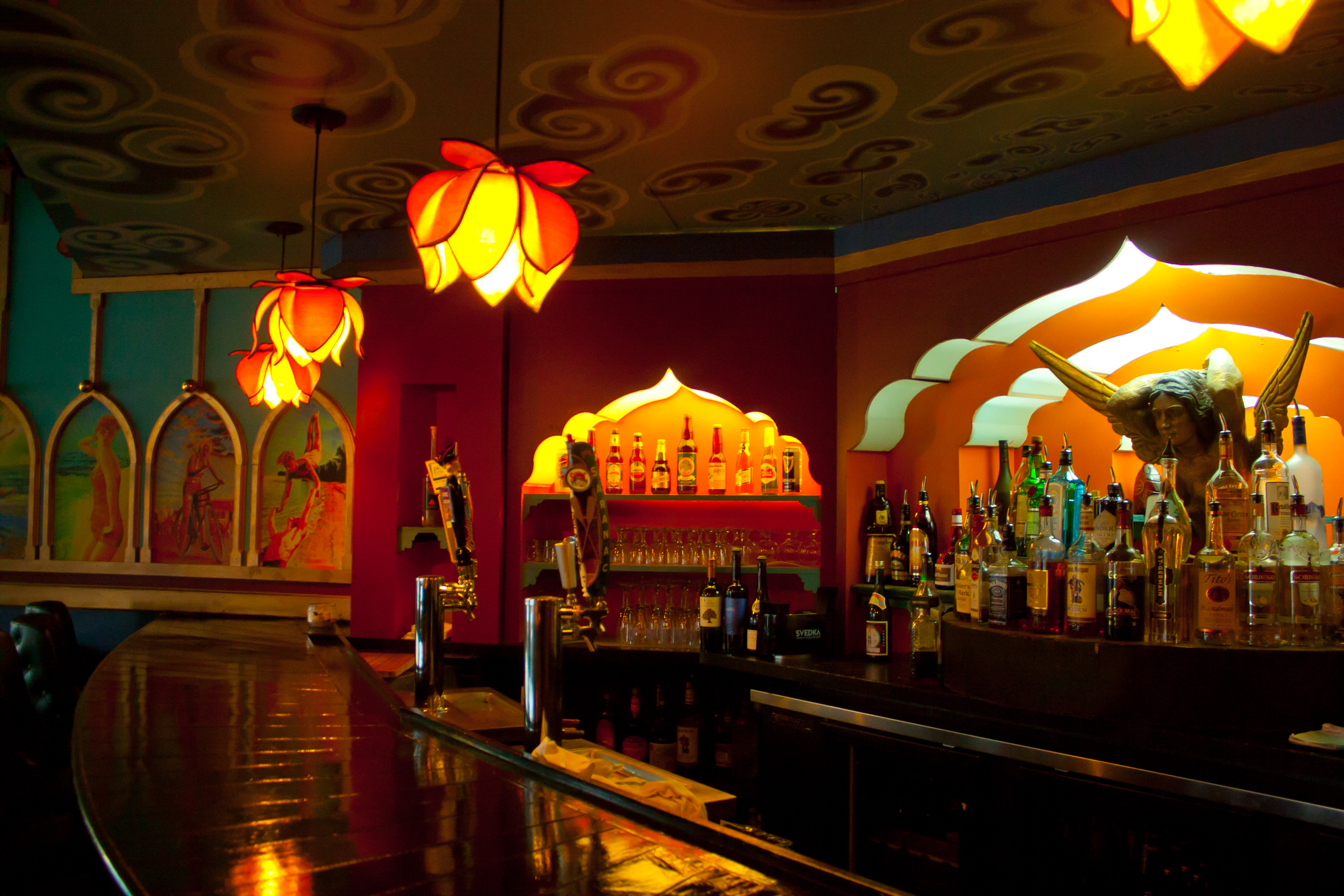


Your establishment’s décor plays a huge role in customer enjoyment, and if you make a lasting impression, they’re sure to recommend you to their friends—which happens more quickly than ever in our social media-connected world.
But what if you’re decorating on a budget? What sorts of design choices can you make to maximize customer impact and enjoyment without breaking the bank? I sat down with Kyla Coburn of Kyla Coburn Designs, a designer responsible for decorating some of the most popular and enticingly atmospheric restaurants in Providence and beyond, including North, Wara Wara, The Grange, Massimo, and newly opened The East End.

These are her insights on the best ways to strategize saving money:
This is a major pitfall, according to Kyla.
“You have to start with the architecture and try to figure out what’s good and what’s bad about it, and work within the architecture to minimize the problems. This does a couple of things: the first is that it offers solutions that are more creative and interesting than you would otherwise come up with if it was just a white box”—things like different elevations or interesting seating around a column, for instance—“and the second is that it helps you put your dollars into things that have an actual effect on the customer’s experience, which is where your revenue comes back in.”
Such things include elements that are visible and tangible: lighting, paint, and objects that your guests can see, touch, or otherwise interact with. Kyla advises against putting too much money into substrates (i.e. invisible elements like sub-floors under finished floors, and sheetrock—which is also where it’s best to work with the architecture instead of against it), and recommends spending ⅔rds of your budget on things that the customer touches and feels and experiences, rather than on the construction and things that have less impact.
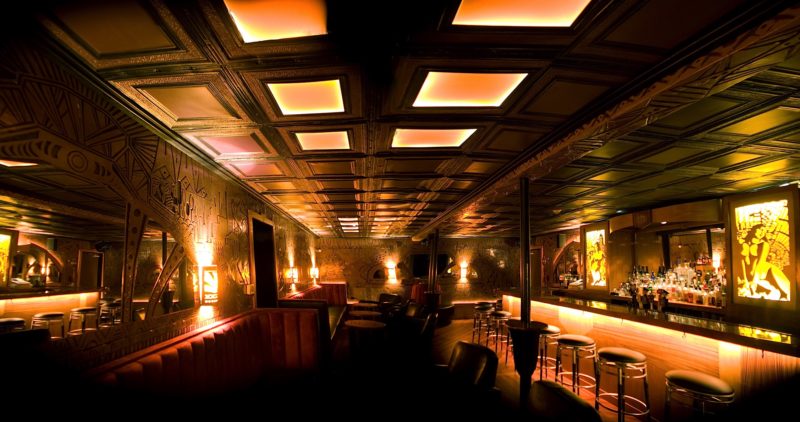
Crystallizing your establishment’s identity and making a detailed plan before you start any purchasing or building saves you from having to make costly course corrections down the road.
Kyla’s team asks all decision makers to separately fill out an extensive questionnaire on topics like what a cup of coffee should cost, and which three adjectives you envision guests using to describe your space. With multiple decision makers, “you often find discrepancies there conceptually that can have horrifying results on the end effect, because if someone is picking out the lighting and someone else is picking out the tables and they have totally different ideas, the result is not cohesive and it’s a schizophrenic feeling,” she says. “You have to decide early on who your customer is and what you want them to feel.”.
Ironing out conceptual disagreements and making a detailed plan “saves money and the end results are better, because you don’t waste a lot of time talking about the money, the cost of a teacup, and inconsequential stuff that can stall the opening of a restaurant by 4-5 months.” Time is money, as they say!
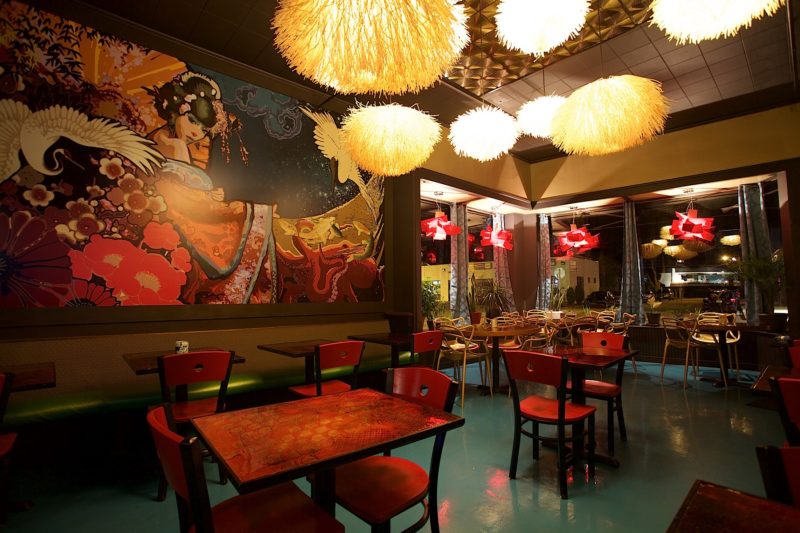
When designing a space, Kyla makes sure to understand the bar or restaurant’s main customer target, but also to create spaces for other demographics. “Maybe the core target is students who want to spend $15 for their entire meal and get two drinks, but we also need a place for them to sit if they bring their grandmother, or if it’s a large party. We try to create different zones in every restaurant where if someone walks in the door, they automatically know where they feel comfortable sitting. Then we map out all of the products together and look at all of them before we buy any one thing.”
Knowing ahead of time which components are required and what they cost cuts back on unnecessary waste and redundant or mistake purchases, as well as time. Kyla notes that one key to having longevity is to make sure your décor isn’t cookie cutter—meaning, it’s not all sourced from one catalogue.
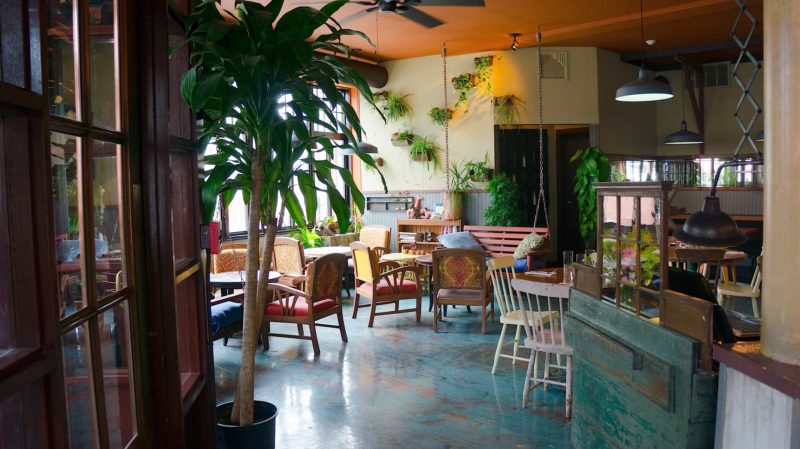
Even though you are creating separate unique spaces for different types of customers, you’ll want one major design element to draw all of them together (often it’s tied into the bar, which is “kind of the soul of the room,” Kyla says), and that will be your first major purchase/acquisition.
“We start with those high-impact aspects,” she says. She often scores unique, one-of-a-kind pieces at the Brimfield Antiques Show and similar venues. Once those are decided upon, it quickly becomes obvious which smaller, less expensive design choices will fit with the overall theme or not.
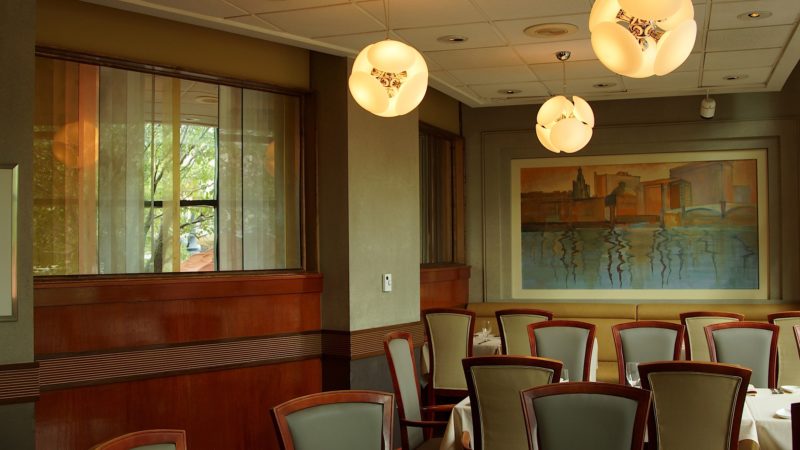
Kyla describes customization as “a double-edged sword,” saying that a finished item might appear expensive at first glance, but once you factor in all of the time for labor, materials cost, pickup and dropoff time, and potential mistakes/learning curves for first timers, you often end up spending more than you would have had you simply bought it new. That said, she notes that with customization, “the results can be a lot more interesting. Our team tries to basically customize everything, but it isn’t always the key to saving money.
“Be picky about what you do yourself,” she recommends. “Have high-impact custom things instead of deciding to go with everything that route.”
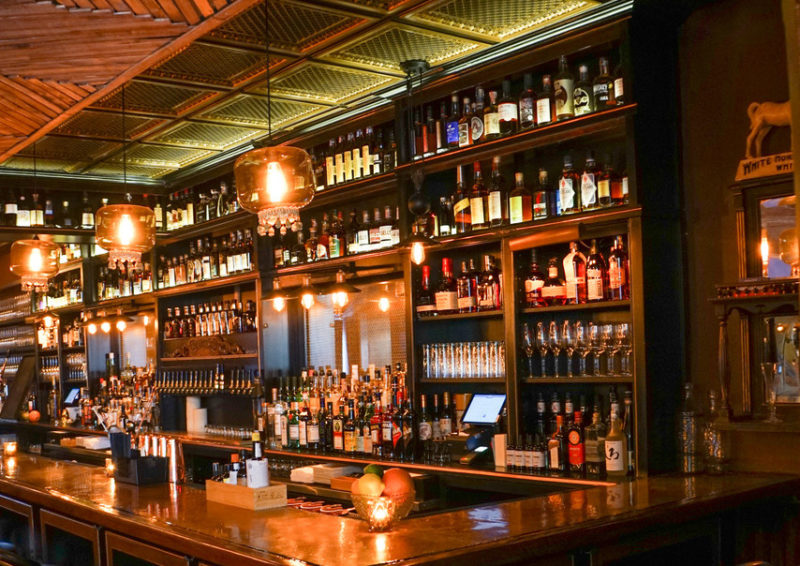
Although it may seem counterintuitive, Kyla says, “You should consider bringing in a designer—not just because that’s my role, but because I’ve historically seen the mistakes that happen when you’re winging it for the first time, and I think designers can work on any price point, whether they’re just consulting or if they’re handling it all.”
A knowledgeable designer can help you to consider the customer experience from all angles, for example: if someone is looking at shelves full of jame, glasses, and coffee filters at eye level behind a bar, what does that do to the vibe of the space and the romantic atmosphere you may be trying to create? Kyla recommends to “Think about how the customer feels and what that translates to in terms of enjoying their meal or staying for another glass of wine”—which obviously impacts your bottom line.
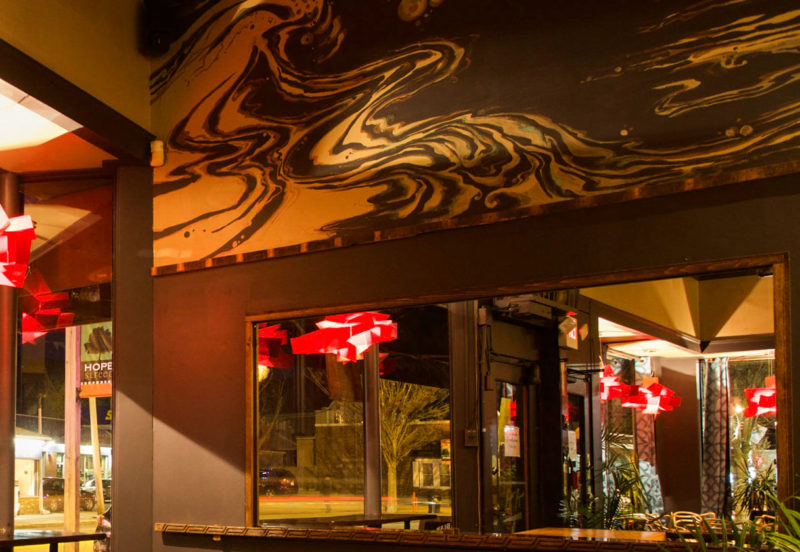
Kyla’s core tips for saving money are to truly figure out and streamline your establishment’s identity and core customers at the outset, to plan every detail out as much as possible, and to delegate when appropriate to talented professionals:
“If you want a cohesive result, you have to invest the time and planning and organization at the beginning, and that’s where you get a realistic idea of your budget,” Kyla summarizes. “If you’re a first time restaurant owner making a budget but leaving out details like votives and potted plants, you might get ¾ of the way done and then run out of money, and those little important details get sacrificed. And with the failure statistics of restaurants nowadays, you don’t want to be starting out like that.”
For more info on bar management techniques, stay tuned to the BevSpot blog by creating your own personal account. You’ll get notifications when we post new articles, as well as exclusive access to our industry tools and guides.
Schedule 15mins to chat with a product specialist
Start a FREE Trial Today! BevSpot offers full product education and account setup for all customers! No card Information needed!
